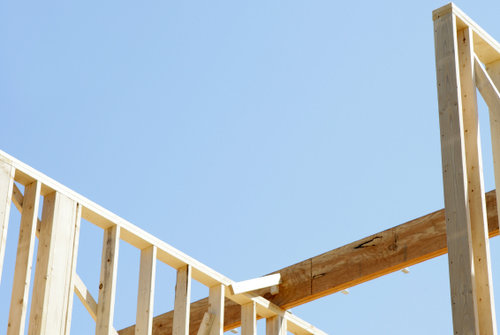Selling new construction takes additional skills than selling an existing home. Agents need to be educated about what goes on in the building process and how this relates to buyers’ needs. Stefanie Lavelle, an agent with Coldwell Banker Residential Brokerage, is very familiar with selling new construction – after working in condo conversions and selling the Museum Park buildings for the first several years of her 13-year career in real estate (before Related Midwest took them over), Lavelle still sells new construction and utilizes her skills. Here are her five must-know tips:
1. Consider the buyer’s needs. Listen to what the buyer is saying and asking, and ask questions to clarify what they are really trying to ask. For example, if a buyer asks if the building is dog friendly, ask if they own a dog – maybe they love dogs, maybe they are sick of dogs in their current building. Your answer to that question without clarifying could make or break the sale. “To sell new construction, you need to make your product fit your buyer’s needs,” Lavelle says. “New developments usually have more options to make it fit – the layout, finishes and parking can be changed, timing can be flexible and lots can be negotiated.”
2. Create and communicate a clear picture for the buyer. Often, new construction properties are vacant, or not even built yet – and to sell it, you need to get them to envision themselves living in a non-existent or only partially-existent space. Even if there is a model home to see, with choices and options of upgrades and finishes, buyers often need to move away from that model home to a sales office, and might not necessarily be able to visualize how everything will come together. Lavelle says it helps getting them to envision the space, how big it will be and where everything will be located. “In Museum Park, we were selling with just one example of a floorplan, so there were other floorplans available that they couldn’t see,” she says. “When people don’t see a finished product, they have a hard time understanding what the finished product will be. The best way to combat this is by having lots of photos of the developer’s previous projects and renderings of how the existing project will look; then, you can walk them through where everything will be located once completed.”
3. A big difference: selling a product vs. appealing to the buyer. When Lavelle first got into the business, her managing broker told her there were two types of real estate sales: resales, where it’s about the relationship between the agent and client; and development sales, which are really about selling a product and a lifestyle. “In new construction, you have one product with options, and you need to know that product inside and out to convince the buyer they need the product,” she says.
4. Know the ins and outs of different contractual obligations. The process of buying new construction is much different than buying a resale – there is no association yet, buyers will need to contribute to reserves right away, assessment costs may not be set in stone and taxes will change because at first, they are based on the parcel of land the development is on. Read the contract, understand the different assessment contributions, waive mortgage contingencies and first-time owner fees, and understand how the walkthroughs and punch lists work, etc.
5. Sweeten the deal. Discuss small extras that won’t cost the developer much to do, which will really make the difference to a buyer, and help them move forward with a purchase. These include waived assessments until the property is complete and additional upgraded finishes, for example – it’s a win-win for everyone.
